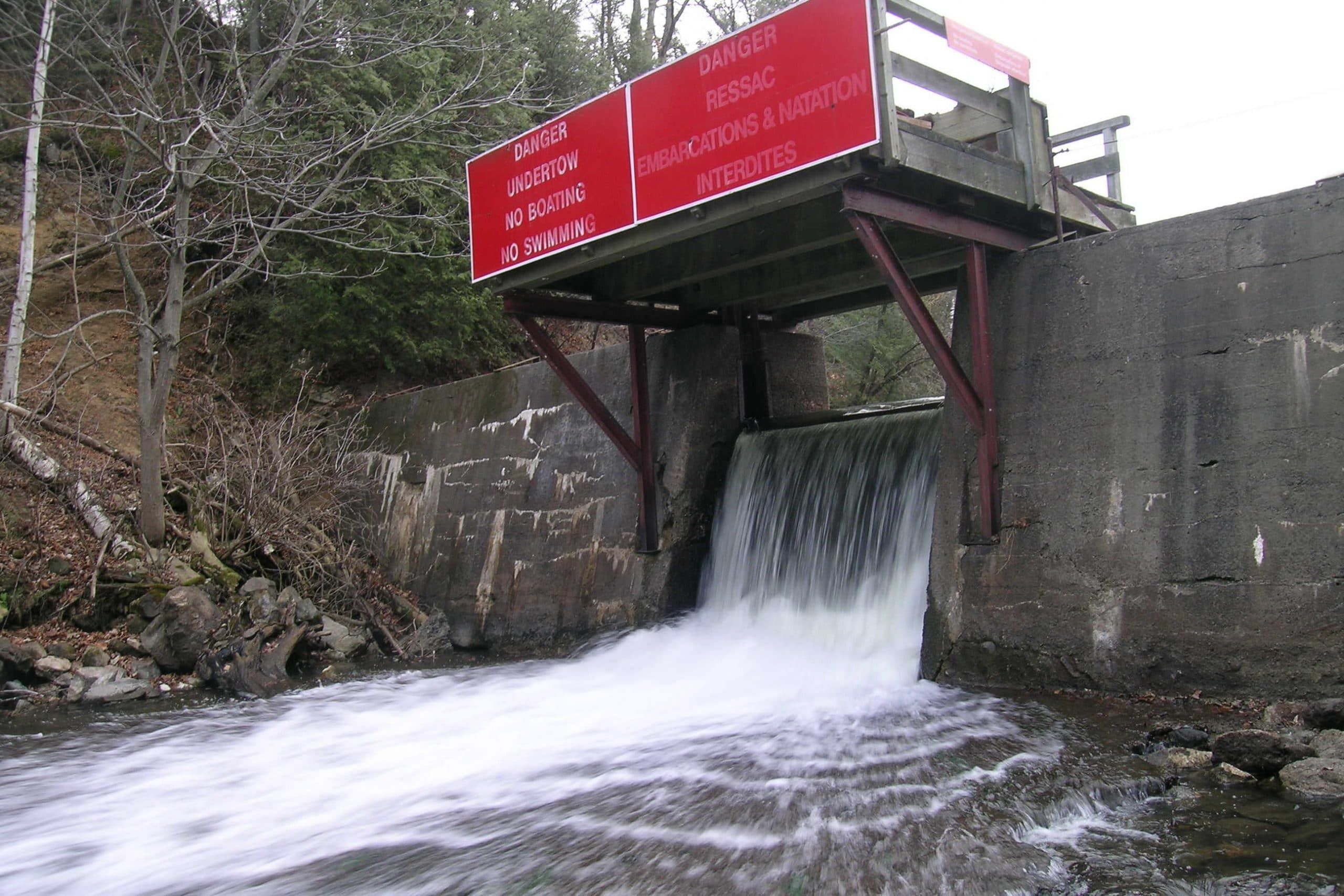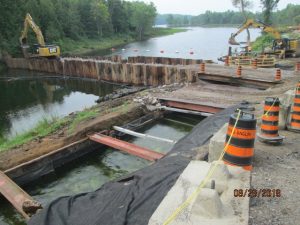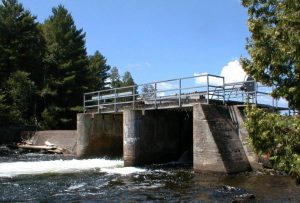
Dammed Lakes – What does that mean for my Property
Dammed lakes. What does that mean for my property?
By Joel Gray
I recently came across an interesting question in a social media group regarding dammed lakes, and that is ” What does a dammed lake mean for my property?”
A lake is dammed to control the flow of waters within local Watersheds. It is a way to prevent flooding of some areas and loss of water in others.
As a Realtor for over 20 years in the Frontenacs, I have been asked about these lakes many times. Although there are only a handful in the Frontenacs, Bob’s Lake, Big Gull Lake, Kashwakamak Lake, Crotch Lake and Canoe Lake to name a few, I thought it would be of interest to share some information from my experience and what I have learned from property owners over the years.
All lakes are at a highwater level in the spring months. Water levels in dammed lakes locally change between 4 to 6 feet between the Spring to Fall seasons. In natural outflow lakes, it is normal to see a water level change of 1 to 2 feet between seasons. As the summer progresses you can experience a 1 to 2 foot drop in a dammed lake. Often the remainder of the decrease in water level occurs after Labour Day weekend. This could be regarded as a fabulous time to complete dock maintenance and shoreline tidying, or complete shoreline development projects (with proper permits of course). Many properties that have shallower shorelines end up not needing to pull their docks for winter safety. It has been said that when the ice moves out in the spring it does not play havoc on docks for these properties with fewer ice jams because of the controlled input and output of the lake.
What you see in the spring is not the same as what you see in the fall. This tends to be more the case if you are in the end of a flooded shallow bay. When a dam was built in a lake it forever changed the topography of the lake creating either deeper bays or making all new shallower bays. The largest decrease in water levels usually does not occur until after Labour Day weekend when most swimmers are putting their suits away and boats are starting to be pulled for the season. If you are at the end of a shallow bay, you could find that your lake activities must come to a halt earlier than others. At least until freeze up that is. Not to worry though; the water levels will return in spring! Although you will not be enjoying any fall water activities, in my opinion fall is one of the most beautiful times of year in the country… Walks, beautiful fall colors, the smell of fall in the air, campfires, peace and quiet, and family time.
Following are a couple of links to the Local Conservation Authorities for more information regarding dammed lakes.
http://mvc.on.ca/dams-general/
https://watersheds.rvca.ca/subwatersheds-reports/tay-river/catchment-reports-tay-river/183-bobs-lake-crow-lake


Big Gull Lake, Bob's Lake, Crotch Lake, Crow Lake, Dammed Lakes, Infrontenac, The Waterfront Company, Waterfront Property